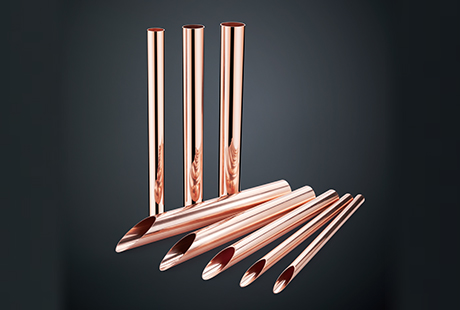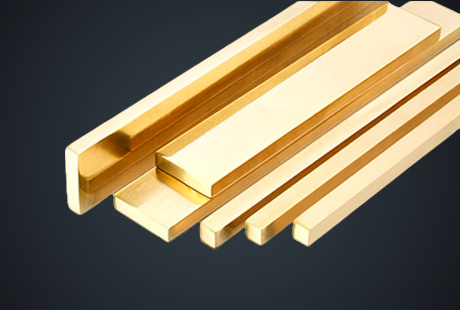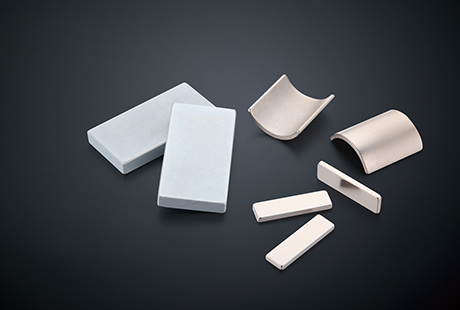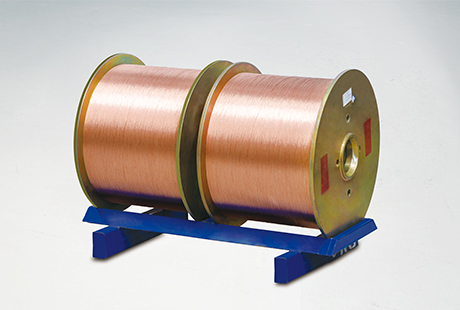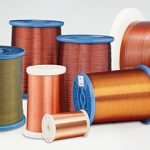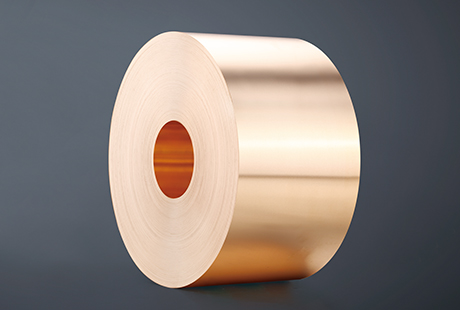Copper wire is renowned for its exceptional electrical conductivity, making it a preferred choice in countless applications that require efficient electrical transmission. However, achieving optimal conductivity in copper wire isn't solely dependent on its inherent properties. The process of annealing plays a crucial role in enhancing the electrical conductivity of copper wire and maximizing its performance in various applications.
Annealing: Unlocking the Full Conductive Potential of Copper Wire
Annealing is a heat treatment process that alters the internal structure of copper wire, resulting in improved conductivity. During annealing, copper wire is heated to a specific temperature and then gradually cooled. This controlled thermal manipulation allows the copper atoms within the wire to rearrange themselves, reducing impurities and defects, and ultimately enhancing electrical conductivity.
The heat-induced diffusion and rearrangement of atoms during annealing ensure that the copper wire's crystal structure becomes more uniform and allows for smoother electron flow. This reduction in defects and impurities leads to reduced resistance, enabling electricity to flow more efficiently through the wire. As a result, annealed copper wire exhibits superior conductivity, minimizing energy losses and optimizing performance in a wide range of applications.
The Role of Grain Size in Conductivity Enhancement
One critical factor affected by the annealing process is the grain size of the copper wire's crystal structure. The grain size of the annealing copper wire refers to the size of the individual crystal grains within the wire. Smaller grain sizes in annealed copper wire are desirable as they provide a more conductive path for electric current to flow.
Annealing promotes grain refinement by eliminating dislocations and impurities, allowing for the formation of smaller grains. This refined grain structure results in increased surface area contact between grains, which enhances electrical conductivity. The reduced grain boundaries and improved electron flow within the wire further minimize resistive losses, ensuring efficient transmission of electrical energy.
Tailoring Annealing for Specific Copper Wire Applications
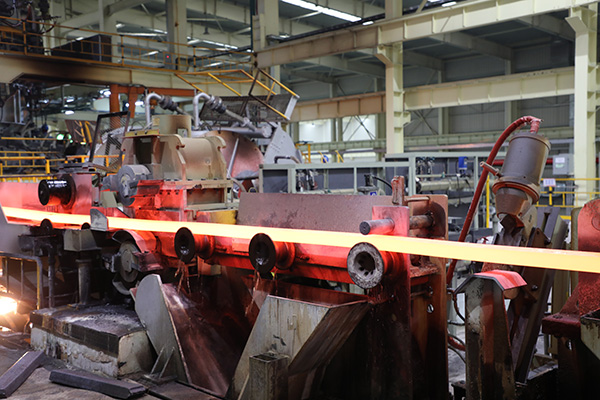
The annealing process of the copper wire products can be customized to suit the specific requirements of different copper wire applications. The choice of annealing technique, temperature, and cooling rate can significantly impact the resulting electrical conductivity.
For instance, continuous annealing is often used in mass production, ensuring consistent conductivity throughout long lengths of wire. Batch annealing, on the other hand, allows for more flexibility and customization, making it suitable for smaller-scale applications that require specific conductivity characteristics.
Furthermore, the cooling rate can be adjusted to control the grain size and, consequently, the conductivity. Rapid cooling, known as quenching, encourages small grain sizes and high conductivity, while slower cooling fosters larger grain sizes for applications that prioritize flexibility and malleability alongside conductivity.
By selecting the appropriate annealing technique and fine-tuning the process parameters, manufacturers can optimize the electrical conductivity of copper wire to meet the exact needs of diverse applications, including electrical wiring, electronics, telecommunications, and power generation.
Maximizing electrical conductivity is vital in ensuring the efficient transmission of electricity in copper wire applications. Through the process of annealing, copper wire undergoes a transformative heat treatment that enhances its electrical conductivity by refining its crystal structure and reducing defects and impurities. The customization of annealing techniques allows manufacturers to tailor the conductivity characteristics of copper wire to suit specific application requirements. By maximizing conductivity through annealing, copper wire continues to be an indispensable component in countless industries, driving innovation and powering our modern world.

 English
English 한국어
한국어 français
français Deutsch
Deutsch Español
Español italiano
italiano العربية
العربية tiếng việt
tiếng việt Türkçe
Türkçe ไทย
ไทย 中文
中文

